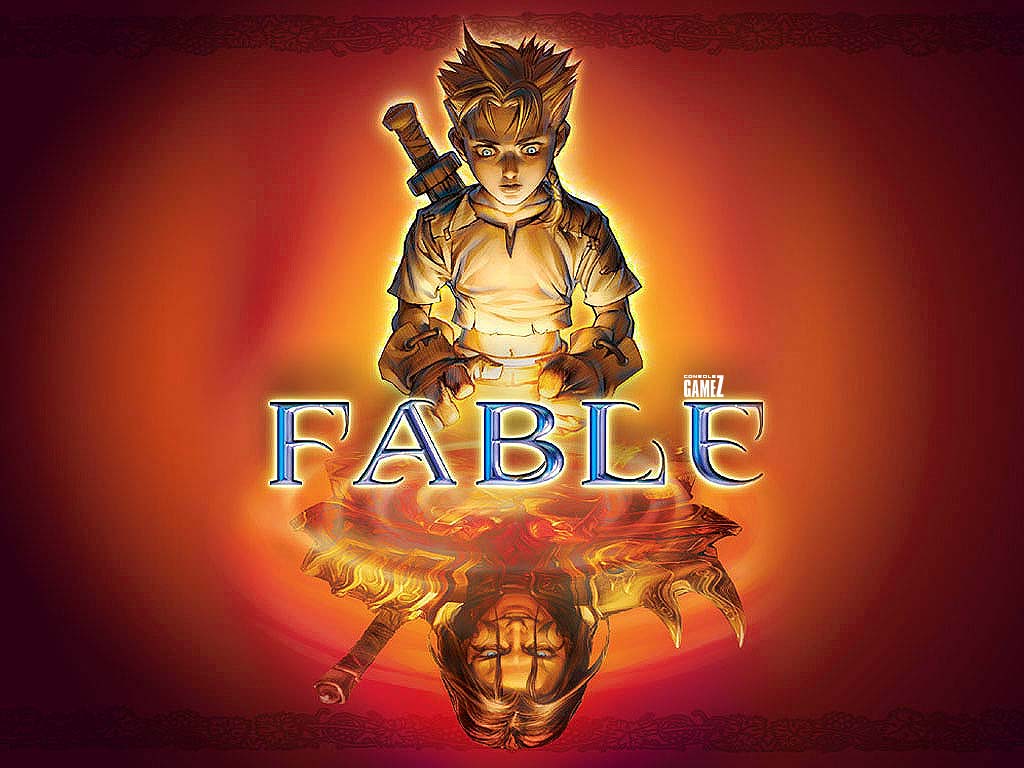In Naruto Shippuden ultimate ninja storm generations text and cutscenes are used as a form of storytelling . this makes it easier to understand the story so the player will understand what is happening and the cutscenes makes the players understand the characters emotions more and this will enhance there gameplay experience.
the story in Naruto is linear as you follow one path and do not make any decisions that change the story line.
the story in Naruto is linear as you follow one path and do not make any decisions that change the story line.
there are many game genres like First Person Shooter (FPS), Sports, RPG, Racing and more.
the genre for Naruto is fighting which the aim is to defeat the opponent which enhances the story as the more opponents defeated the further the story progresses.
in most games the developers use location, conditions, actions and three-act structure to make the story more interesting which will enhance the players gameplay experience. for example in fable the three-act structure is used really well and greatly enhances the players gameplay experience. also locations have been used well as in different locations different options become available and the locations change depending on the players choices in the game.
Also in fable emotional themes are used as the main character is trying to get revenge for his family so there is anger and sad emotions but also some happy emotions when the story advances. the game uses interactivity with triggered events and cutscenes.
game designers make games with a interactive story to make it more interesting for the players for example Skyrim has a interactive story with character customisation, triggered events, choices and player control. this enhances the players gameplay experiences as they can decided parts of the story which gets them more involved and with character customisation the player will have a character they like.
the story in fable and skyrim are non linear. they both have branching narrative as the decisions you make can change the story and it branches off in to many other decisions. for example when with interactive conversations with npc's can change the way your character is seen by others and how people react to you which could change the story. also there is the choice of being good or evil which will make a big difference to the story, like if you are evil everyone will hate you or towns could get destroyed and lots of people could die. then if you choose good people will love you and you will be known as a hero and towns may be improve and so on.
also some game developers use parallel narrative where you can completed events in any order and different ways but it always ends up with the same ending. a good example for this is the sims as no matter what you do you all ways get the same ending.
another way is open world narrative. in open world the player can encounter different parts of the overall story in any order they choose. for example on mmorpg's like world of warcraft and Aion with the quest system.
Developers also use the hero's journey method which is a 17 step method split into three parts. the first part is the departure, the second part is initiation and the third part is the return.
there are 5 steps in the departure and 6 in initiation and the return.
when game developers are creating a game they use many writing strategies such as storyboarding, brainstorming, planning and free writing. this will ensure their ideas are not forgotten and it will also help give them more ideas and improve them. also with this it is easier to share their ideas with the team working on the game and the programmers will have a better idea with what they are working on.
also some game developers use parallel narrative where you can completed events in any order and different ways but it always ends up with the same ending. a good example for this is the sims as no matter what you do you all ways get the same ending.
another way is open world narrative. in open world the player can encounter different parts of the overall story in any order they choose. for example on mmorpg's like world of warcraft and Aion with the quest system.
Developers also use the hero's journey method which is a 17 step method split into three parts. the first part is the departure, the second part is initiation and the third part is the return.
there are 5 steps in the departure and 6 in initiation and the return.
when game developers are creating a game they use many writing strategies such as storyboarding, brainstorming, planning and free writing. this will ensure their ideas are not forgotten and it will also help give them more ideas and improve them. also with this it is easier to share their ideas with the team working on the game and the programmers will have a better idea with what they are working on.



No comments:
Post a Comment